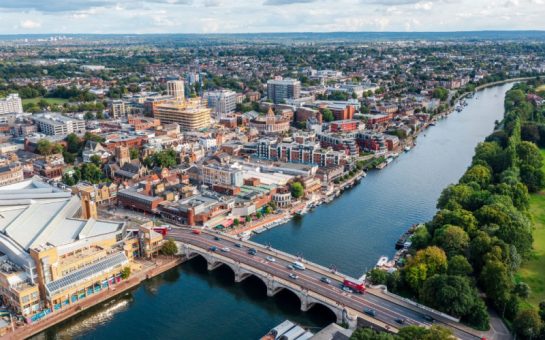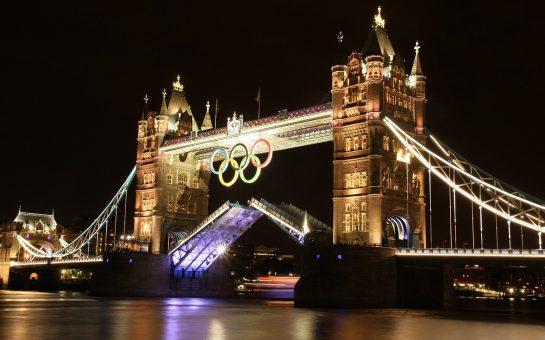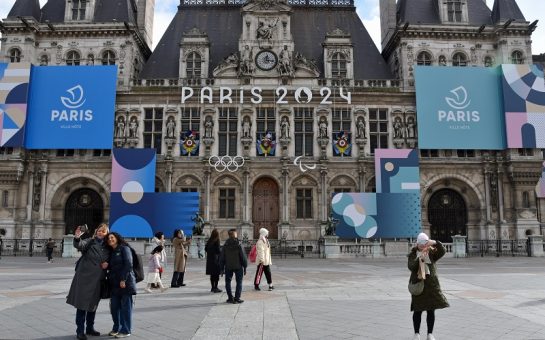Tolworth Broadway is a busy dual carriageway, with a central reservation and barrier, with shops either side.

There is a simple statement about the 2012 Olympics road-works restrictions delaying a much-needed urban district regeneration project, on the Kingston Council website.
However, it belies the fractiousness beneath.
At the heart of this ill-feeling is a long neglected traffic and retail black-spot, on the outskirts of Kingston-upon-Thames.
The regeneration is a joint initiative with Kingston Council and Transport for London, as part of the Mayor of London’s Great Outdoors Initiative, to improve public spaces.
In February, I attended the Council scrutiny panel meeting, five hours of council infighting, and residents’ frustrations.
Councillors baited each other, self-important urban designers lectured us, and we heard baffling details of traffic modelling that told us it was a busy road at peak times, as if this would come as a surprise.
Yet no-one disagrees that Tolworth needs attention.
Tolworth Broadway is a busy dual carriageway, with a central reservation and barrier, with shops either side.
It is a spur off the busy A3 trunk road and leading to its more prosperous shopping neighbourhood in Kingston.
The proposal is to remove the barriers down the middle of the Broadway area, and introduce a central island, known as the ‘Greenway’.
The central barriers currently control where pedestrians can cross. The Greenway will allow people to cross the road at any point they choose, although formal crossing points will be introduced.
The kerb will be dropped and a ‘Shared Space’ environment will be created, where cyclists, cars, and pedestrians co-exist in ‘Shared Space’.
Urban designers believe a ‘philosophy of behaviour’ takes over, and as road users use the more informal layout, their behaviour is controlled by natural human interactions and due consideration.
The central barriers were put there for a reason, after accidents and a fatality as cars come off the busy A3 and drop from 50mph to 30mph.
Former council member Douglas Reynolds remembers the decision to put up the central barriers in the first place.
As chairman of the road safety commission at the time, he remembers there were a number of accidents and at least one fatality leading up to the installation of the barriers in 1969.
Mr Reynolds said: “The justification was based on at least one fatality.
“It was always a dual carriageway and people were crossing at any point.
“There was no crossing at all.”
He had not heard of anyone dying after the barriers were installed and has been actively voiced his opposing opinion at any public meetings on the subject.
Another former councillor, Peter Grey, also feels the decision is flawed.
Mr Grey said: “Even though reducing the speed to 20mph gives better braking speed, it just needs one person to be speeding to cause an accident.
“All it will take is for one person (god forbid) to get killed.”
The urban design consultants believe central promenade area in the centre of four traffic lanes promotes pedestrians and cyclists having equal priority, with cars (apparently) naturally slowing down.
Opposing councillors viewed this sceptically, to say the least.
But what of those people who rely on raised kerbs to try and live their lives as normally as possible?
Speaking with the Guide Dogs for the Blind Association, they note that in similar environments, most pedestrians tended to extend their route to use the “courtesy crossing points” rather than crossing “naturally” at their nearest point.
Mike Woolston, Guide Dogs’ Mobility Team Manager covering Tolworth, said: “Shared streets, where kerbs are removed and people and cars share the same space, are extremely dangerous for pedestrians with sight loss.
“Our research has found that shared surfaces affect the safety, confidence and independence of blind and partially sighted people.”
Tolworth resident, Bridgette Walker, had been invited to the panel as a witness.
She had expected the questions to focus on whether it was safe or would add to congestion and was left feeling disillusioned about the councillors’ objectives.
All was to no avail, as the sitting council voted to continue with the plans, despite the latest rounds of petitions to the scheme.
The democratic process of calling-in the decision, in the name of transparency has delayed the project further.
The Mayor of London has imposed a planned road-works ban on main road networks during the Olympics, and the council has a similar policy in the run-up to Christmas,
The works will not start now until early 2013, and troubled Tolworth will just have to wait a little longer for its controversial new lease of life.
Follow us on @SW_Londoner




